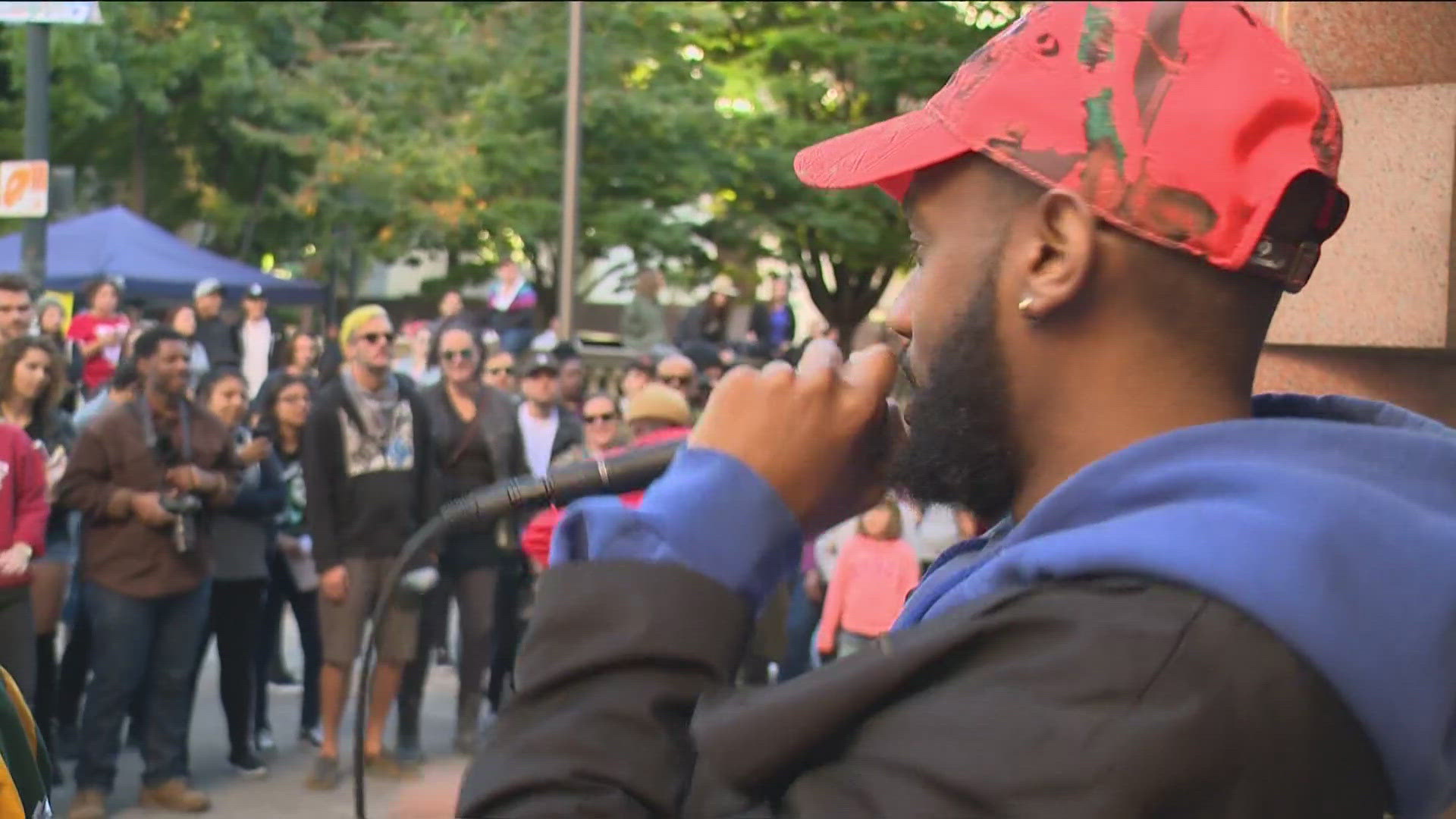BRONX, N.Y. — Whether people love it or hate it, hip hop is, and has been, a staple musical genre since the early 1970s. No one person can be credited with the creation of the genre, although it did come from inner-city New York and there are a few people that stand out.
On August, 11 1973, DJ Kool Herc, AKA Clive Campbell, played at a back-to-school party in the Bronx and changed hip hop forever. Some credit that party, and the technique he introduced, with spawning the birth of the genre.
Now, the day is known as National hip hop day. It became official in 2023.
According to multiple sources, including The History Channel and The Kennedy Center, the genre was born out of creativity because of the lack of access people in the area had to instruments. People began playing records and singing or rhyming over it. This style actually comes from Jamaica and is called "toasting," which makes sense because Kool Herc was raised in Jamaica until he was 10.
"DJ Kool Herc’s signature innovation came from observing how the crowds would react to different parts of whatever record he happened to be playing: “I was noticing people used to wait for particular parts of the record to dance, maybe [to] do their specialty move.” Those moments tended to occur at the drum breaks—the moments in a record when the vocals and other instruments would drop out completely for a measure or two of pure rhythm. What Kool Herc decided to do was to use the two turntables in a typical DJ setup not as a way to make a smooth transition between two records, but as a way to switch back and forth repeatedly between two copies of the same record, extending the short drum break that the crowd most wanted to hear," stated the History Channel.
That style was what he called the Merry-Go-Round, it's now called breakbeat and it's still how DJ's spin today.
"Like a powerful star, this dance-party scene quickly drew other art forms into its orbit. A growing movement of hopeful poets, visual artists, and urban philosophers added their visions and voices by whatever means available. They got the word out about what was happening in their neighborhoods—neighborhoods much of mainstream, middle-class America was doing its best to ignore or run down. Hip hop kept coming, kept pushing, kept playing until that was no longer possible," stated The Kennedy Center.
"Two turntables and a microphone," Beck.

